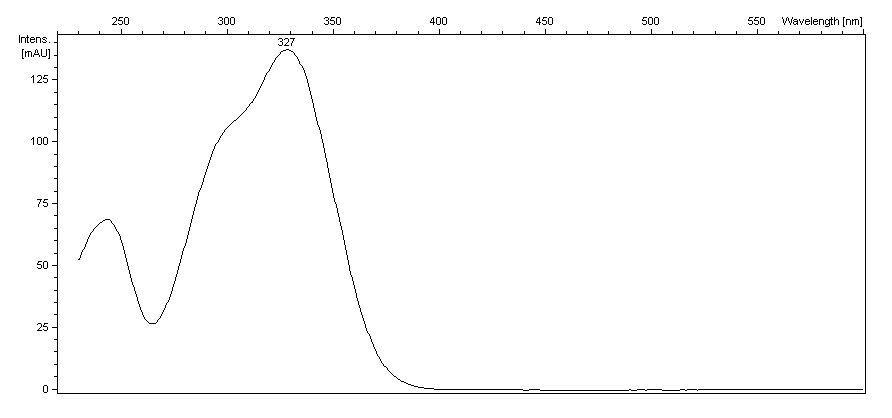Grape reaction product on:
[Wikipedia]
[Google]
[Amazon]
The grape reaction product (GRP, GRP1 or 2-S- glutathionyl

caftaric acid
Caftaric acid is a non-flavonoid phenolic compound.
It is found in the juice of grapes (''Vitis vinifera'') and impacts the color of white wine.
It is an esterified phenolic acid, composed of caffeic acid, a hydroxycinnamate produced by plants ...
) is a phenolic compound explaining the disappearance of caftaric acid from grape must
Must (from the Latin ''vinum mustum'', "young wine") is freshly crushed fruit juice (usually grape juice) that contains the skins, seeds, and stems of the fruit. The solid portion of the must is called pomace and typically makes up 7–23% of t ...
during processing. It is also found in aged red wines. Its enzymatic production by polyphenol oxidase
Polyphenol oxidase (PPO; also polyphenol oxidase i, chloroplastic), an enzyme involved in fruit browning, is a tetramer that contains four atoms of copper per molecule.
PPO may accept monophenols and/or ''o''-diphenols as substrates. The ...
is important in limiting the browning of musts, especially in white wine production. The product can be recreated in model solutions.
Determining its concentration in wine is possible by mass spectrometry.
S-Glutathionyl caftaric acid is itself oxidizable. It is not a substrate for grape polyphenol oxidase
Polyphenol oxidase (PPO; also polyphenol oxidase i, chloroplastic), an enzyme involved in fruit browning, is a tetramer that contains four atoms of copper per molecule.
PPO may accept monophenols and/or ''o''-diphenols as substrates. The ...
, but laccase
Laccases () are multicopper oxidases found in plants, fungi, and bacteria. Laccases oxidize a variety of phenolic substrates, performing one-electron oxidations, leading to crosslinking. For example, laccases play a role in the formation of lign ...
from ''Botrytis cinerea
''Botrytis cinerea'' is a necrotrophic fungus that affects many plant species, although its most notable hosts may be wine grapes. In viticulture, it is commonly known as "botrytis bunch rot"; in horticulture, it is usually called "grey mould" or ...
'' can use it to form GRP2.
Related molecules
Other related molecules are ''trans''-caffeoyltartrate derivatives like GRPo-quinone
1,2-Benzoquinone, also called ''ortho''-benzoquinone, is an organic compound with formula . It is one of the two isomers of quinone, the other being 1,4-benzoquinone. It is a red volatile solid that is soluble in water and ethyl ether. It i ...
and 2,5-di-S-glutathionyl cafteoyl tartrate
A tartrate is a salt or ester of the organic compound tartaric acid, a dicarboxylic acid. The formula of the tartrate dianion is O−OC-CH(OH)-CH(OH)-COO− or C4H4O62−.
The main forms of tartrates used commercially are pure crystalline ta ...
(GRP2) or adducts with anthocyanidin
Anthocyanidins are common plant pigments, the sugar-free counterparts of anthocyanins. They are based on the flavylium cation, an oxonium ion, with various groups substituted for its hydrogen atoms. They generally change color from red through ...
s.

See also
*Phenolic compounds in wine
The phenolic content in wine refers to the phenolic compounds—natural phenol and polyphenols—in wine, which include a large group of several hundred chemical compounds that affect the taste, color and mouthfeel of wine. These compounds include ...
References
{{Hydroxycinnamic acid Hydroxycinnamic acid esters Vinylogous carboxylic acids Catechols